The best UK experiences to add to your bucket list
- Oops!Something went wrong.Please try again later.
Best of British
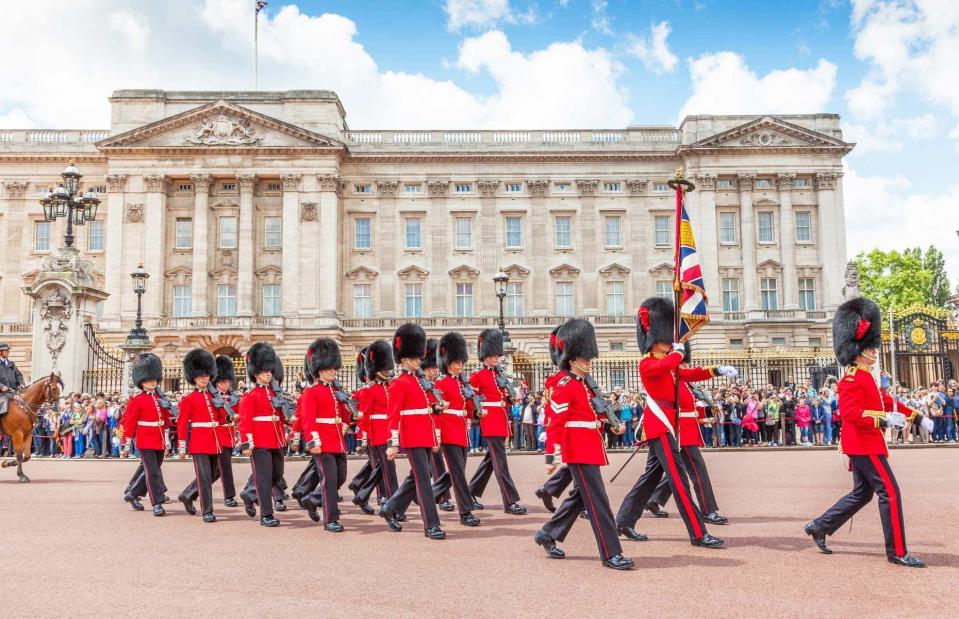
David Steele/Shutterstock
Made up of England, Scotland and Wales, Great Britain is known internationally for its past and present royals, red double-decker buses, wildly varied accents and love of a good strong cuppa. Whether you have lived here all your life or are just passing through, there are a number of quintessential British experiences you should partake in to understand what really makes this island tick.
From watching Wimbledon on Murray Mound and rugby in Cardiff to visiting opulent stately homes and ancient monuments, this is your ultimate Great British bucket list.
Ride the London Eye
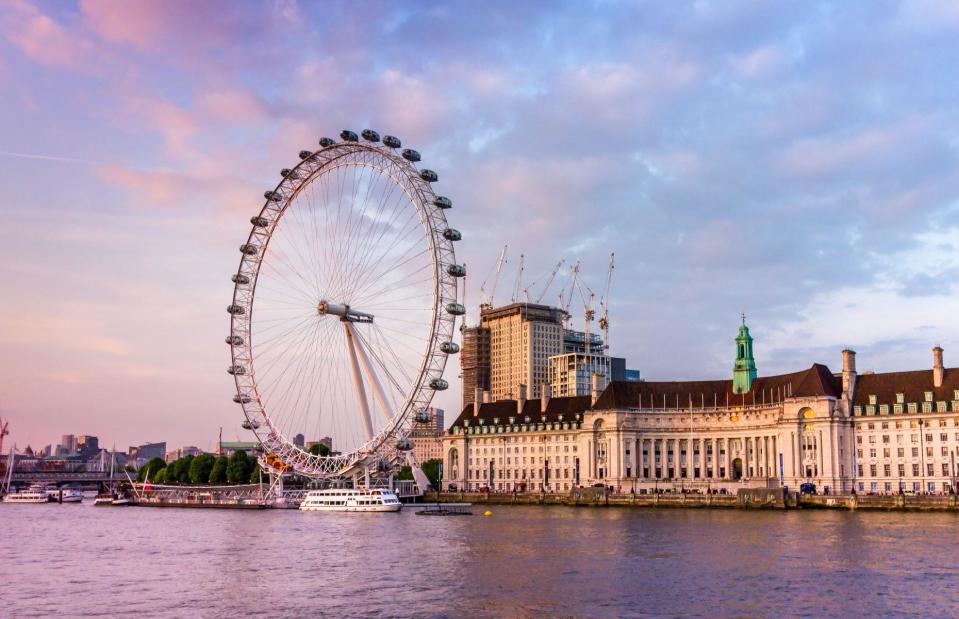
fedjason/Shutterstock
Standing 443 feet (135m) above the River Thames and in the midst of iconic landmarks like the Savoy Hotel, Big Ben and the Houses of Parliament, the London Eye is one of the most recognisable attractions in the British capital. Opened on New Year’s Eve in 1999 to mark the turn of the millennium, the contemporary Ferris wheel comprises 32 individual observation pods that represent London’s 32 boroughs. Visitors can enjoy 360-degree views over the city – and even as far as Windsor Castle in clear weather. Book in advance for the best availability.
Have a Sunday roast down the pub
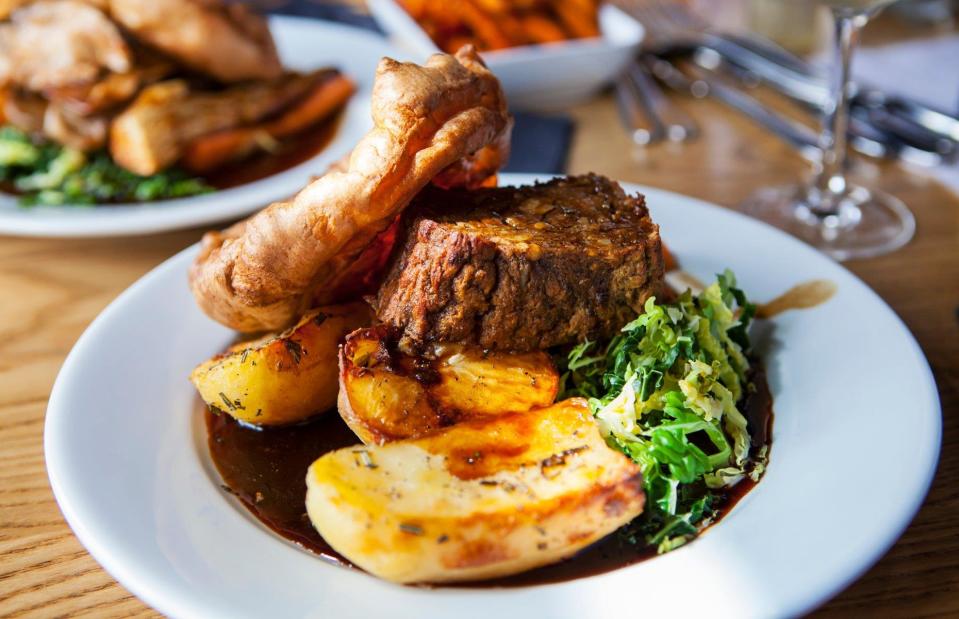
Magdanatka/Shutterstock
A pub lunch might not sound like anything special to the uninitiated, but it's perhaps the most sacred British meal ritual in the book. Great British boozers are known for roaring fires in winter and sweltering beer gardens in the summer, but a Sunday roast defies the seasons to be served year-round in public houses across the country. Expect carvings of slow-cooked meat or hearty nut roasts accompanied by crisp roast potatoes, cauliflower cheese and other veg, slathered in gravy with traditional Yorkshire puddings on the side.
Go to Edinburgh during the Fringe
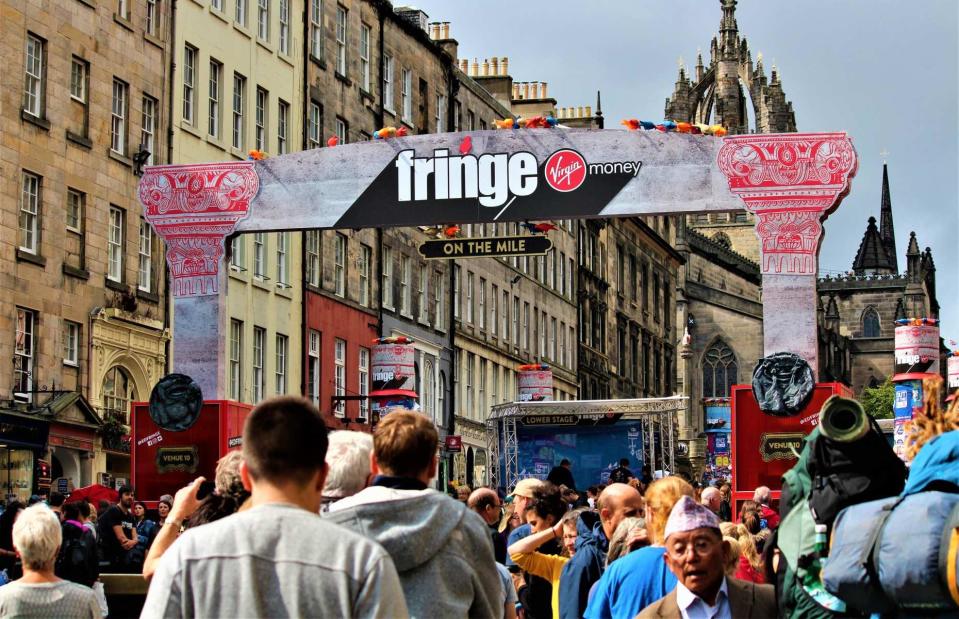
Madison Muskopf/Shutterstock
While Edinburgh (pronounced Edinbruh – not Edinburra or Edinberg) is an incredible city to visit any time of year, it absolutely vibrates with life during the Edinburgh Festival Fringe season. The Fringe is an unrivalled month-long celebration of arts and culture showcasing the best creative talent from around the world throughout August, with shows ranging from stand-up comedy and cabaret to new plays and musicals. Most people come for a long weekend, cramming in as many performances and staying up as late as they can, before hiking to Arthur’s Seat (an extinct volcano) for sunrise.
Take a punt on the River Cam
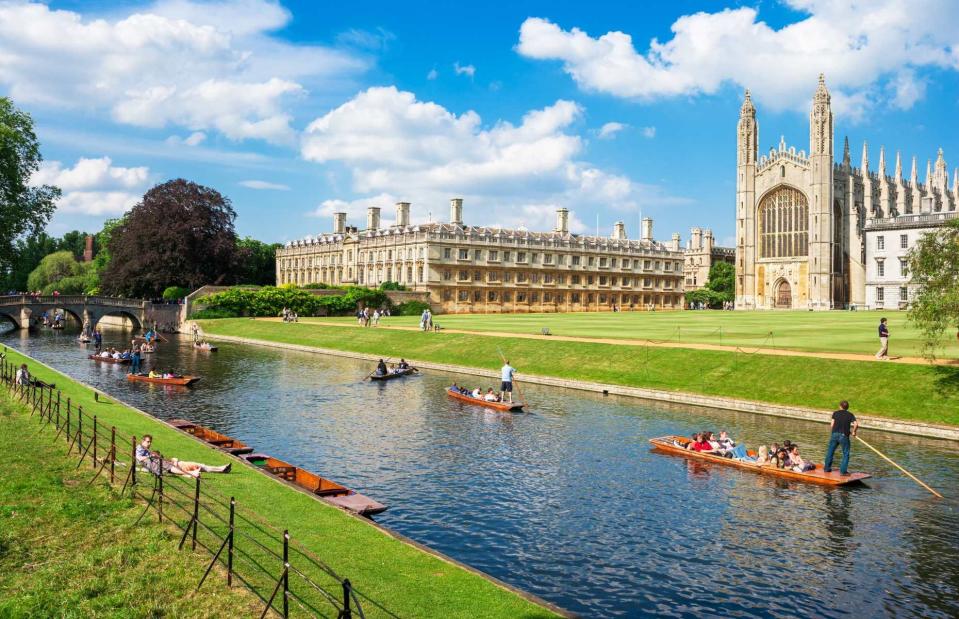
Premier Photo/Shutterstock
The University of Cambridge has produced some of the greatest minds of the 20th century, including Stephen Hawking, Alan Turing and Sir David Attenborough. One of the most picturesque ways to see its historic campus is by punting on the River Cam, which runs along the Backs – the rear grounds of the college buildings. A punt is a bit like a Venetian gondola: a long and narrow flat-bottomed boat with square ends, manoeuvred by a chauffeur pushing a pole against the riverbed. You’ll see famous sights like King’s College Chapel and the Bridge of Sighs on a typical punt tour.
Wander a coastal path
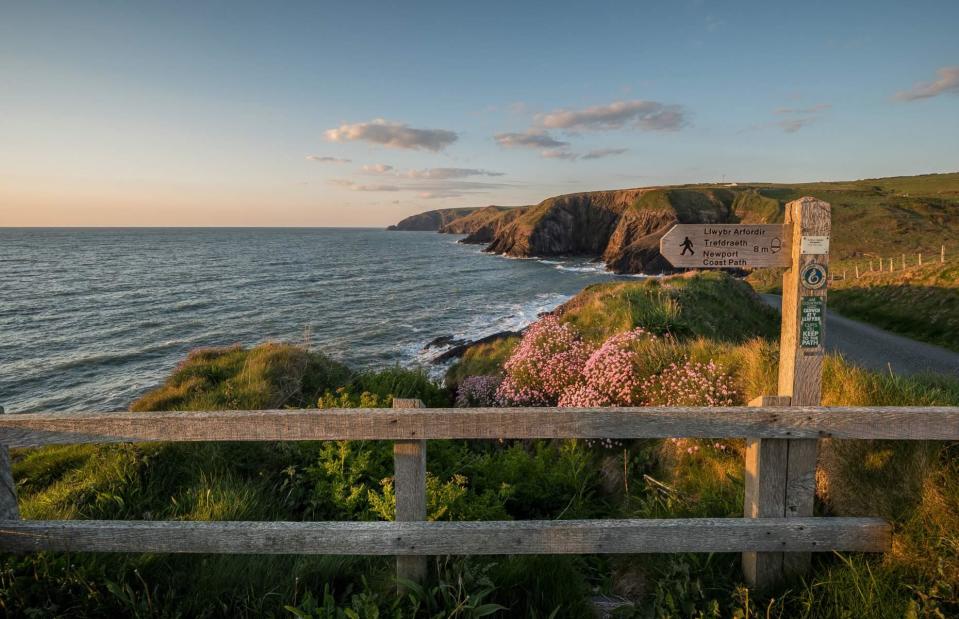
StuartH/Shutterstock
With over 11,000 miles (17,700km) of coastline, no one in Britain lives more than 70 miles (113km) from the sea. And, thanks to several designated National Trails, walkers and ramblers from near and far can easily experience the country’s breathtaking coastal scenery. The South West Coast Path is among the most popular routes, connecting highlights like the Jurassic Coast (a stretch of shore in Devon and Dorset famed for its fossils) and Cornwall’s Lizard Peninsula. In Wales, the Pembrokeshire Coast Path (pictured) is punctuated by turquoise bays and forms the longest and oldest established section of the Wales Coast Path.
Pitch up with a Pimm's at Wimbledon

N_FUJITA/Shutterstock
One of four Grand Slam tennis tournaments played each year, Wimbledon is a highlight of British summertime. While you’ll have to queue (another quintessential British tradition) for tickets on the day of play unless you’ve pre-booked, doing so is all part of the fun. A Grounds Pass enables access to all of Wimbledon’s outside courts, as well as screenings of show-court matches on the Hill (pictured). Often called Murray Mound or Henman Hill, this informal amphitheatre is an homage to two of the UK’s recent top players. Bring a blanket and a brolly, grab a Pimm’s (alcoholic fruit punch) and some strawberries, and watch the action unfold.
Left off some steam on a heritage railway train

Nick Fox/Shutterstock
The last mainline steam train to ferry passengers in Britain might have whistled out of Liverpool on 11 August 1968, but the idea of travelling by steam has become no less romantic in the years since. Thankfully, there are numerous heritage railways from the 19th and first half of the 20th centuries still operating across England, Scotland and Wales today. You can ride the Jacobite (pictured) over the Glenfinnan Viaduct in the West Highlands; take the Ffestiniog Railway from Porthmadog to the old slate-mining town of Blaenau Ffestiniog; or hop aboard the Churnet Valley Railway to explore the Staffordshire Moorlands.
Experience historic Yorkshire
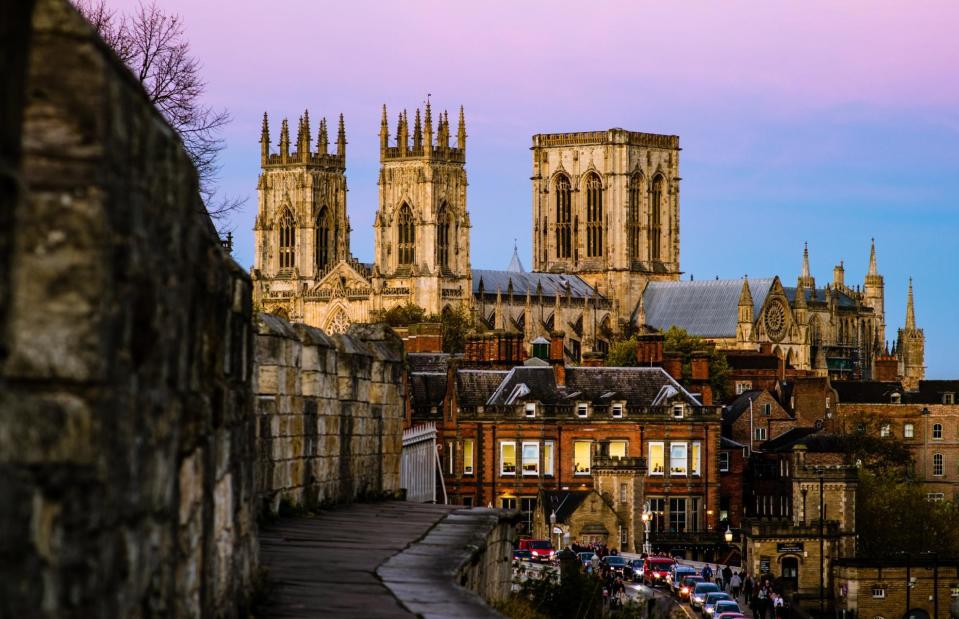
Peter Austin/Shutterstock
The city of York in northern England is unlike any other. A hotbed of ancient stories, it is swaddled by just over two miles (3.4km) of Roman wall and was shaped by Viking rule. The Shambles is one of the best-preserved medieval shopping streets in Europe and the real-life inspiration for Diagon Alley in the Harry Potter series. Some 50 miles (80km) away, in the Pennine village of Haworth, bookworms should also visit the Bronte Parsonage. Now a museum and literary society, it is the former home of Charlotte, Emily and Anne Bronte – who wrote Jane Eyre, Wuthering Heights, Agnes Grey and more.
Visit a castle
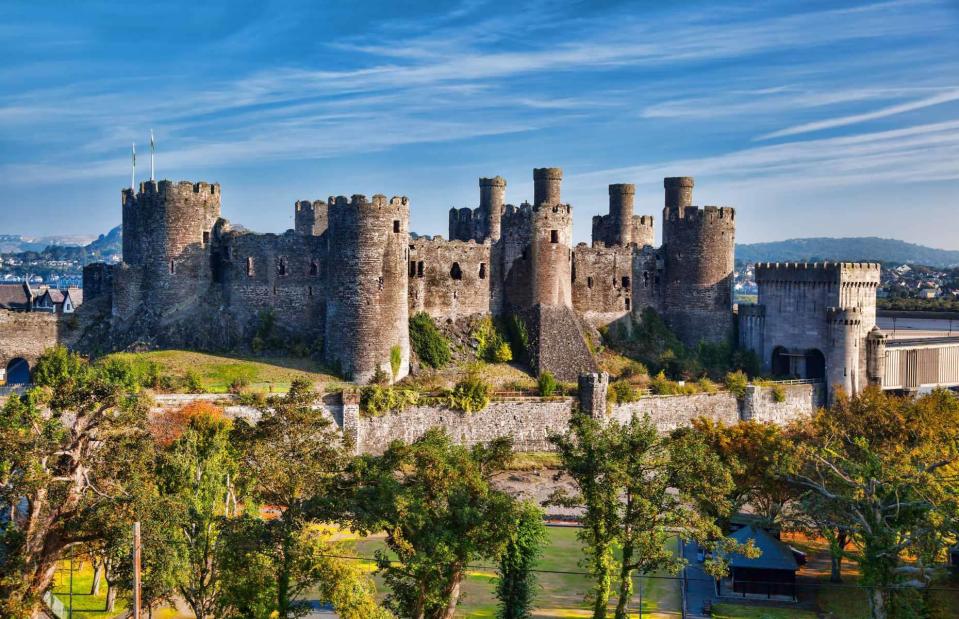
Tomas Marek/Shutterstock
Plentiful castles can be found across the European continent, from the fairy-tale turrets of rural Germany to the dramatic bastions of Transylvania in Romania. But no one does a royal residence quite like Blighty. The island of Great Britain has been much besieged throughout its long life and its many magnificent castles – in their varied states of ruin and repair – are testament to battles hard-won and lost. Some of the most impressive fortresses that can be visited today include Conwy Castle in Wales (pictured), Bamburgh Castle in Northumberland and Arundel Castle in West Sussex.
Forage for wild herbs and berries
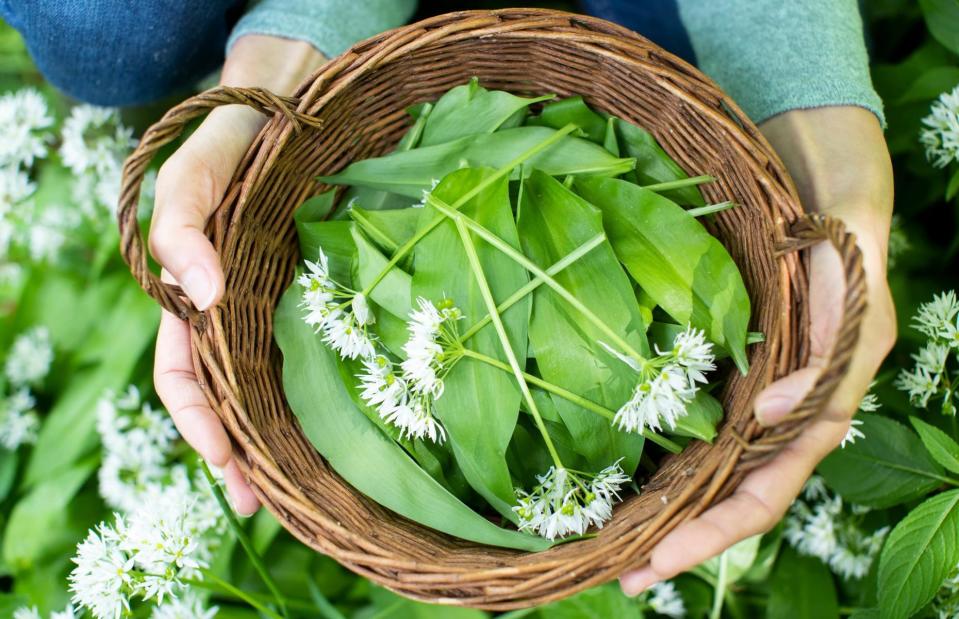
Daisy Daisy/Shutterstock
Before foraging became the culinary buzzword it is today, Brits had long spent their childhoods rummaging for wild blackberries among hedgerows, muddying chins and fingertips with purple juice. But regardless of your purpose for foraging, it is something of an art form, particularly if you’re searching for ingredients like mushrooms and herbs (toxic varieties can easily be mistaken for edible ones if you don’t know what you’re looking for). Luckily, there are a slew of courses out there, specialising in everything from seaweed to edible flowers, so that everyone can learn to forage responsibly and safely.
Brave the British weather in the Lake District
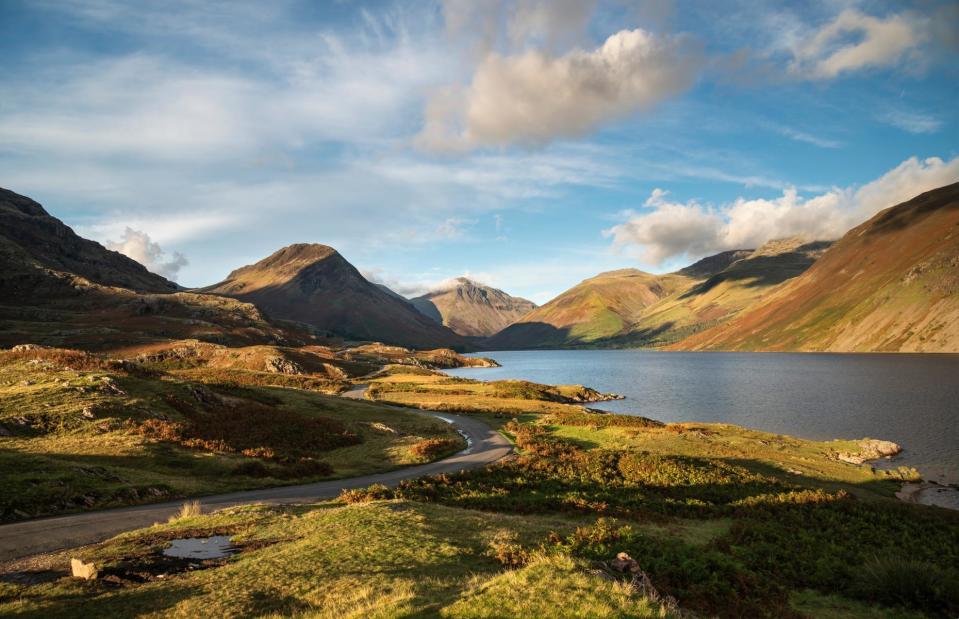
Matt Gibson/Shutterstock
A trip to England’s largest (and wettest) national park is something of a rite of passage for anyone who has grown up on the British Isles, and it’s certainly an experience worth travelling for. The park is so-named for the 16 lakes that speckle its landscape; the biggest, Windermere, covers almost six square miles (15sq km). Designated a UNESCO World Heritage Site in 2017, the Lake District, with its gorgeous fells and forests, is not only a place of superlative natural beauty but also one of immense cultural value. Literary giants William Wordsworth and Beatrix Potter both lived in the region and were inspired by it.
Watch world-class theatre in the West End
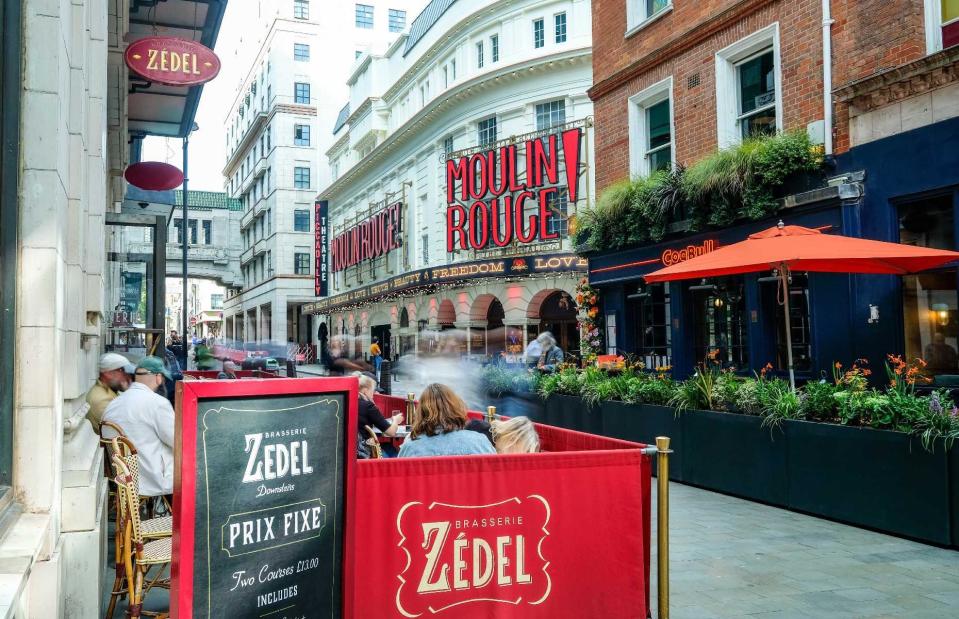
William Barton/Shutterstock
The West End district isn't just the beating heart of London's 'Theatreland', but the jewel in the crown of the country's cultural output. Audiences travel to the area's playhouses from all across the globe for the chance to see the latest star billings and award-winning shows. The Mousetrap by Agatha Christie is the longest-running play in the West End, having first opened in 1952, while Les Miserables is the longest-running musical. Mamma Mia is the West End's most successful jukebox musical – around one in 10 people in the UK have seen it.
Go to Stonehenge for the summer solstice
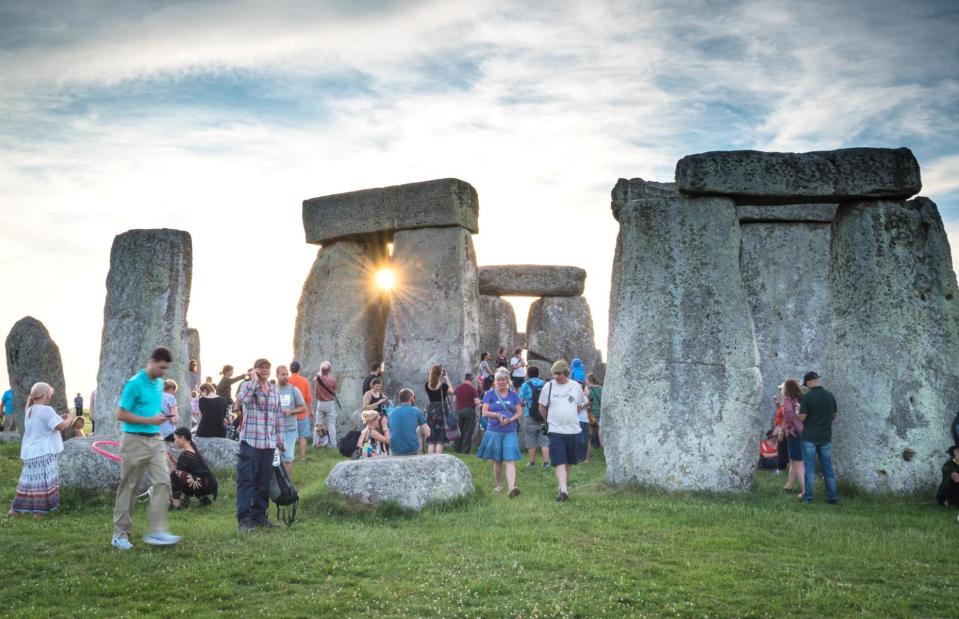
Chris Allan/Shutterstock
Arguably the most famous stone circle on the planet, Stonehenge is one of Britain’s most popular tourist attractions and foremost prehistoric monuments, located on Salisbury Plain in the southwest of England. Experts have always quarrelled over its usage and construction, but one thing we know for certain is that Stonehenge was built to align with the sun on the longest and shortest days of the year. The summer solstice is an especially spiritual time to visit, with thousands gathering to see the sun rise behind the Heel Stone and cast its light into the centre of the circle.
Have dinner in Birmingham's Balti Triangle
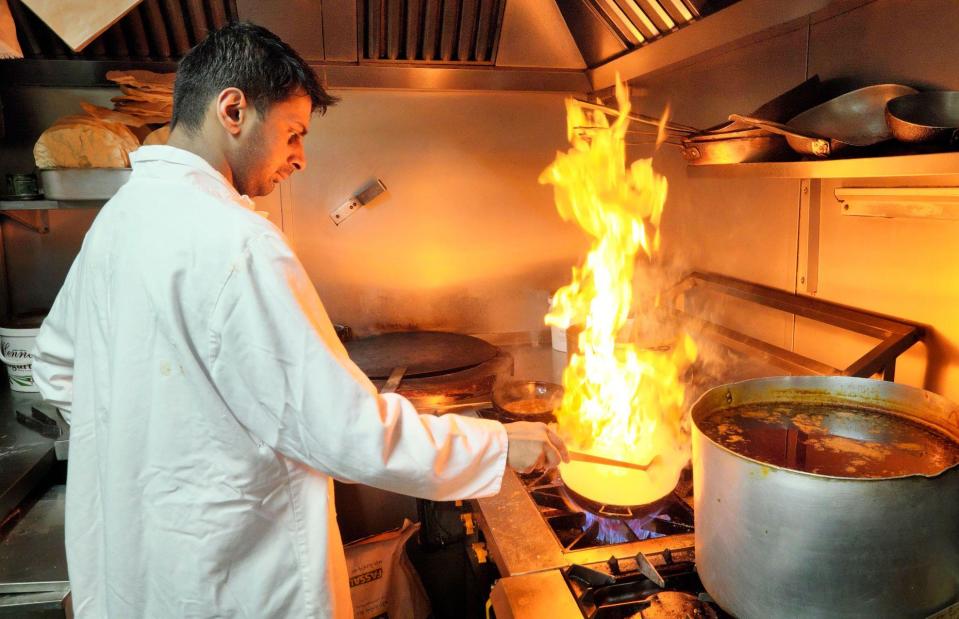
Martin Thomas Photography/Alamy
Founded by a Pakistani restaurateur in the mid-1970s, the British balti is a curry dish unique to England’s second city, named after the wok-style, locally-made steel bowl it is cooked in. At its height in the 1990s, the Birmingham neighbourhood nicknamed the Balti Triangle – linking Ladypool Road, Stoney Lane and Stratford Road – was home to around 40 curry houses. Though the numbers aren't what they once were, you'll still find a handful of authentic spots serving up a traditional Brummie balti, including Shababs (pictured) and Popular Balti.
Shop in a covered market
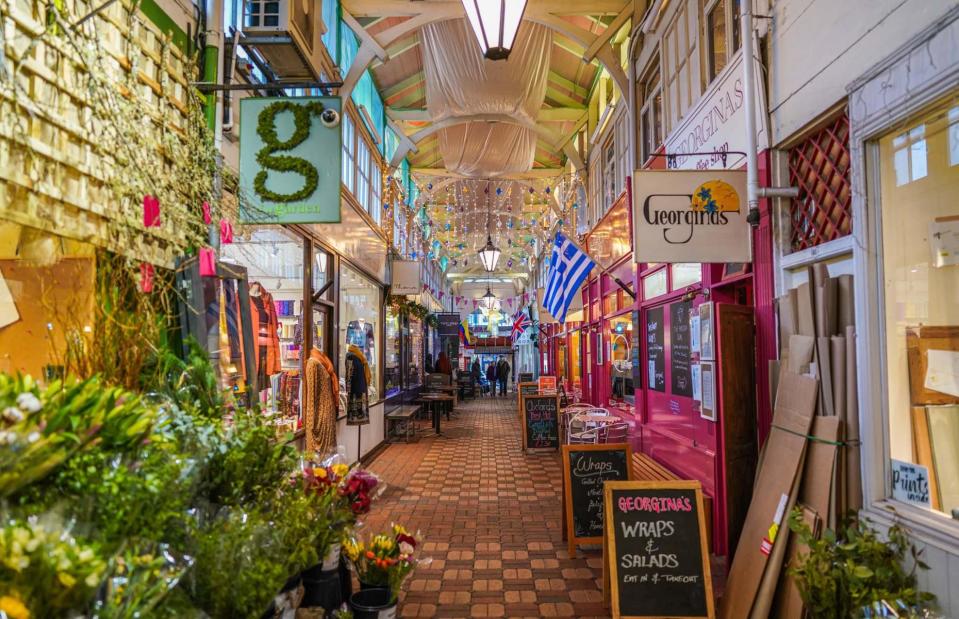
AIZAT K/Shutterstock
Unlike the pop-up street markets you'll find in cities and towns across the country on weekends, a covered market is usually housed in a permanent indoor structure with fixed shops and stalls. They emerged in Britain during the Georgian era and grew incredibly popular in the Victorian period; London's Leadenhall Market, Bristol's St Nicholas Market and the Covered Market in Oxford (pictured) are just a few of the historic covered markets you can visit today. Full of small businesses and work by local artisans, they're great places to shop if you want to meet and support independent retailers.
See what the Romans did for Bath
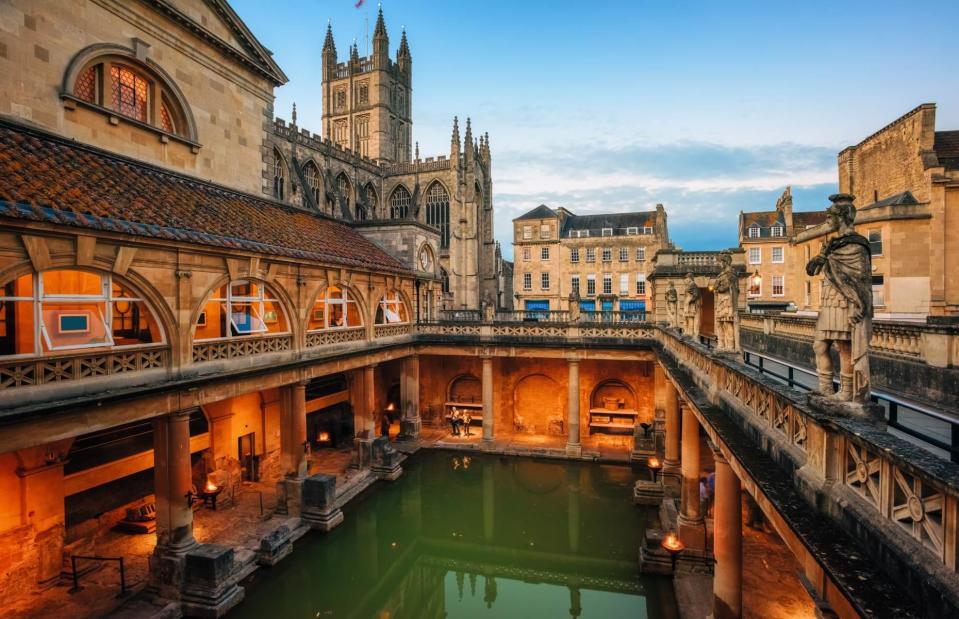
Boris Stroujko/Shutterstock
Sitting atop a natural hot spring with waters of 46°C (115°F), the UNESCO-listed (and Bridgerton-famous) spa city of Bath was founded by the Romans in the 1st century AD. Then called Aquae Sulis, a temple dedicated to the goddess Sulis Minerva and a complex of thermal baths was built in the middle of town, which the modern city has continued to grow around. You can pay to enter the Roman Baths building today, but the pools are no longer used for recreation – head to Thermae Bath Spa or the Gainsborough to soak in the therapeutic waters.
Do a distillery tour and tasting

barmalini/Shutterstock
There are two fine spirits that the British Isles have become particularly renowned for producing – gin and whisky – and an increasing number of distilleries are opening up their premises to reveal the secrets of how these drinks are made. For instance, at Salcombe Distilling Company in Devon, guests can sign up for a Gin School Experience to learn how to craft their very own unique blend of gin. Whisky lovers should venture northwards, where Scotch makers like Holyrood Distillery in Edinburgh offer site tours and guided or self-guided tasting flights.
Climb a mountain
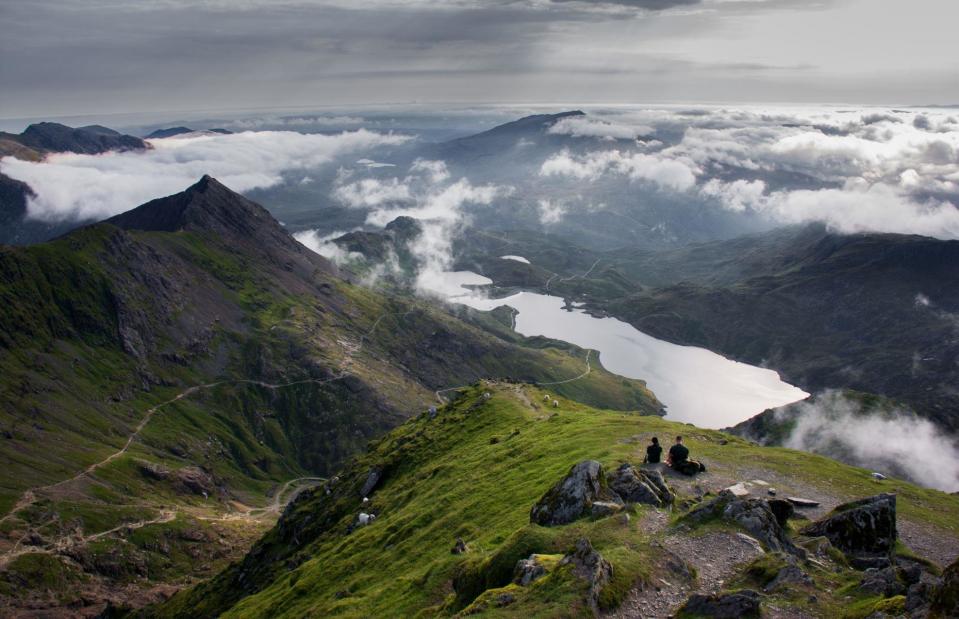
Simon Bennett/Shutterstock
While the British Isles have hundreds of peaks to scale, bigger is better. For the ultimate sense of achievement, as well as optimum views, consider tackling Scafell Pike, Ben Nevis or Snowdon (Yr Wyddfa in Welsh, pictured). The tallest mountains in England, Scotland and Wales respectively, these epic hills have been both the delight and agony of Brits on youth awards programmes, charity challenges and weekend hikes throughout the years. To climb in true British style, you'll need to dress for all weathers.
Spend a weekend in the Cotswolds
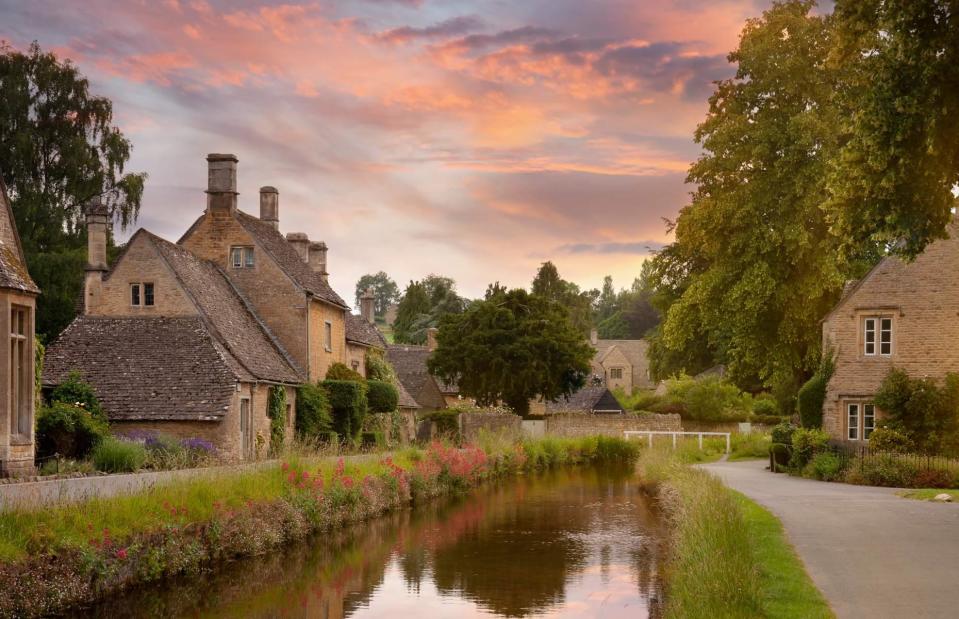
Andrew Roland/Shutterstock
Epitomising starry-eyed notions of the idyllic English countryside, the Cotswolds is an Area of Outstanding Natural Beauty near the England-Wales border. Characterised by cookie-coloured stone cottages with window boxes, shutters and wisteria-mottled frontages, the Cotswolds is one of Britain’s best-loved regions for short breaks. Its charms aren’t lost on people: millions of annual visitors come here to glimpse the picture-perfect aesthetic for themselves. It's worth venturing out on the Cotswold Way walking trail, spending an afternoon in the small towns of Winchcombe and Painswick, and visiting Kelmscott Manor, the summer home of 19th century artist William Morris.
Remember, remember the fifth of November

Steve Allen/Shutterstock
On 5 November each year, bonfires are lit all around Britain and fireworks are sent soaring into the sky to mark the anniversary of the failed Gunpowder Plot. Partly masterminded by Guy Fawkes in 1605, it was intended to blow up the Houses of Parliament and end the reign of King James I. But the plan was ultimately foiled, and the 36 barrels of gunpowder hidden beneath Parliament never exploded. So, on Bonfire Night effigies of Fawkes (called 'Guys') are typically burned on top of the blazes or paraded through streets. Lewes, a town in East Sussex, hosts the country’s largest and most vibrant celebration of Bonfire Night.
Feel the need for speed at Goodwood
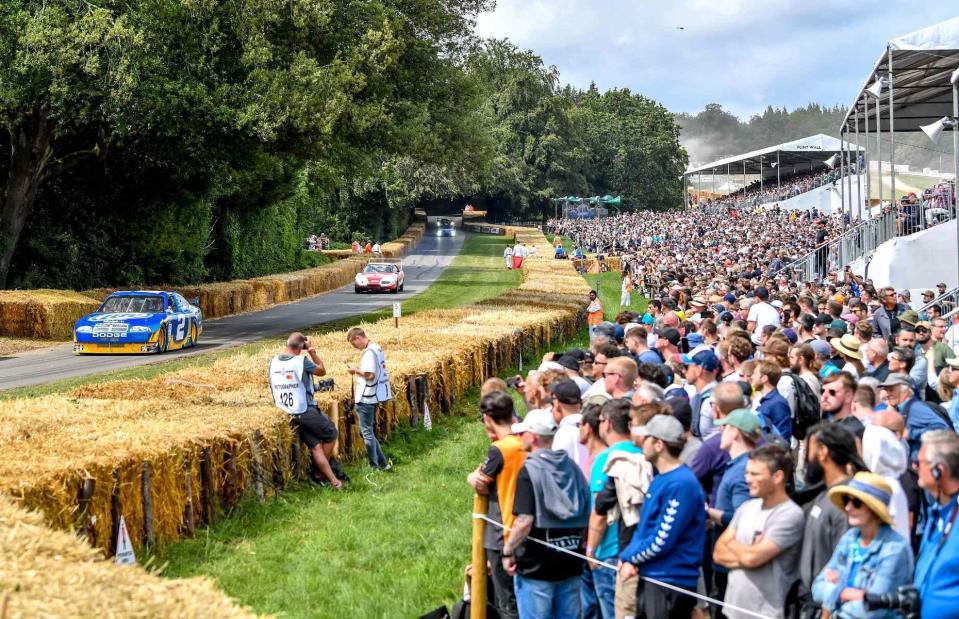
UK Sports Pics Ltd/Alamy
Goodwood is the ancestral home of British motor racing and over 200,000 petrol heads make the yearly pilgrimage to its West Sussex circuit for the Goodwood Festival of Speed. Over the course of four days, the world's most sophisticated sports cars and daring drivers converge at the historic estate for hillclimb races, rallies, exhibitions and more. Goodwood is one of the major events in the international motorsports calendar and has been known to attract spectators from more than 75 countries across the globe.
Visit a stately home
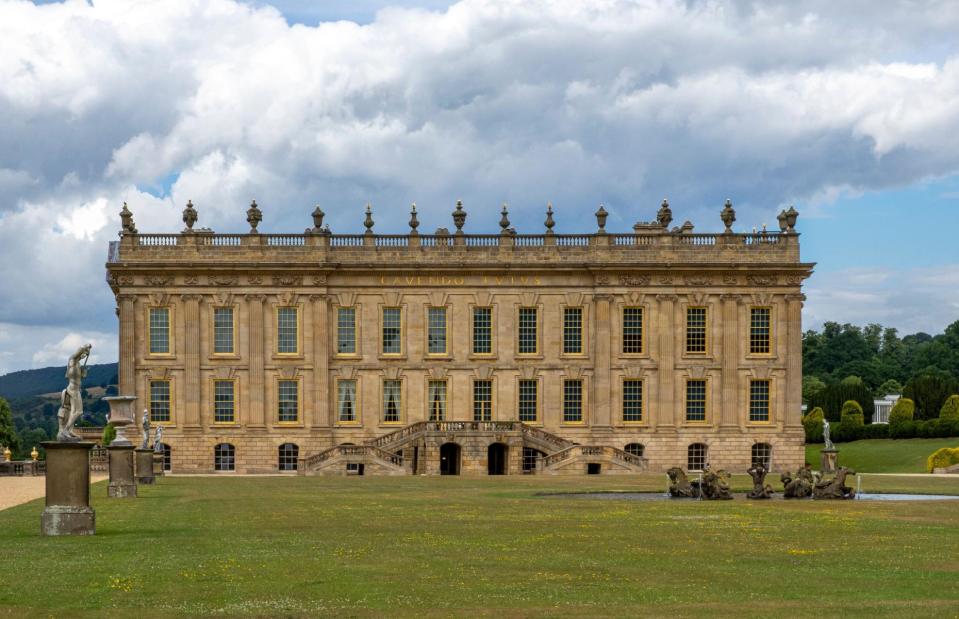
snapvision/Alamy
Aristocrats once wafted through their lavish corridors and held decadent balls for other nobles to attend, and today British stately homes are fascinating tourist attractions. One of the nation's most beautiful stately homes is Chatsworth House in Derbyshire (pictured), which Jane Austen fans may recognise as the setting for Pemberley in the 2005 Pride and Prejudice film. Built as status symbols and powerful shows of wealth, the majority of old country houses open to the public today are managed by the National Trust, which helps protect and preserve important heritage buildings and landscapes.
Drive the North Coast 500
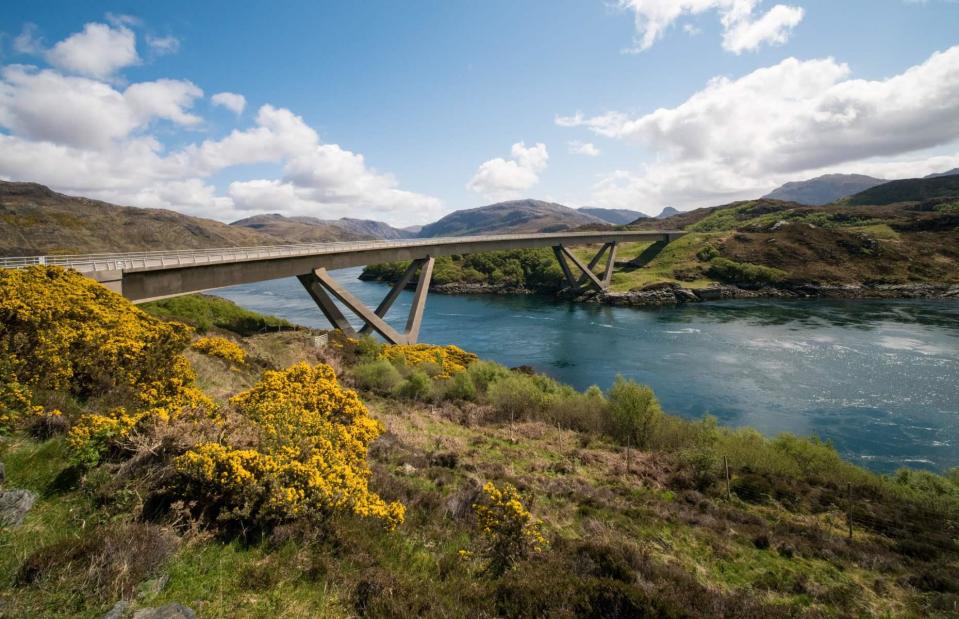
PW42/Shutterstock
The North Coast 500 (NC500) is Scotland’s ultimate road trip and something every Brit should do at least once in their lifetime. Its circular route crosses six different regions, starting and ending in Inverness – the Highland capital. Completing the drive in its entirety takes most people five to seven days, but you can go at whatever pace feels comfortable or even just select a preferred leg if you’re short on time. Highlights along the way range from mystical lochs and crumbling castles to characterful fishing villages and seal-speckled beaches.
Experience stalwart seaside traditions
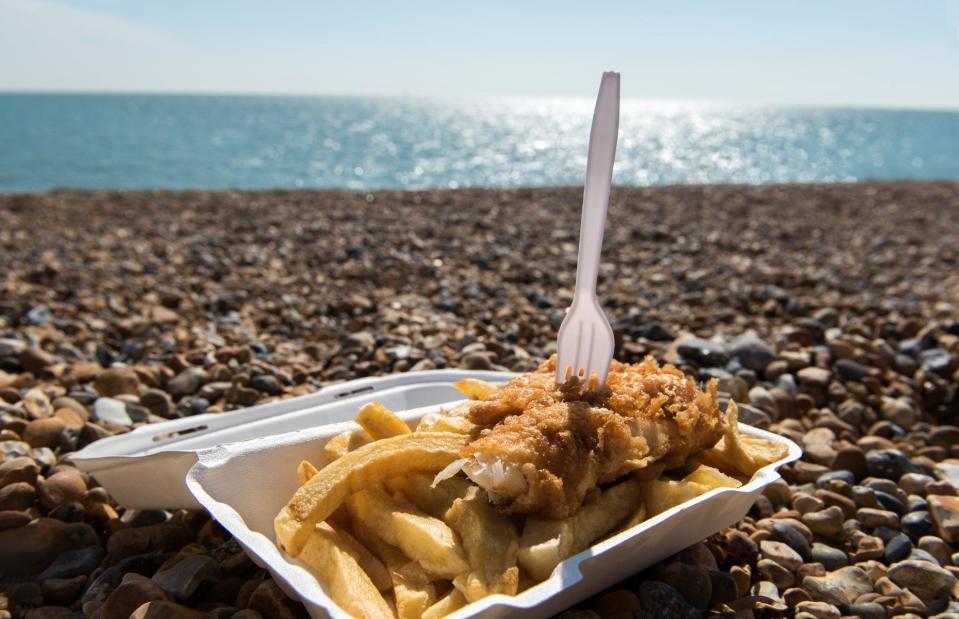
Kollar Peter/Shutterstock
Ask any Brit and they’ll likely have their own story to tell of family holidays spent at the seaside, marked by the sound of rain bouncing off caravan roofs, the smell of salt and vinegar on fresh fish and chips wrapped in newspaper, and bone-shaking rides on roller coasters. The British seaside experience cannot be replicated anywhere else in the world: it’s a cultural phenomenon, booming after the Second World War and enduring today. If you’ve never spent all your loose change in an amusement arcade or had your meal stolen by a predatory seagull, have you ever really seen the real Britain?
Sample the delights of afternoon tea
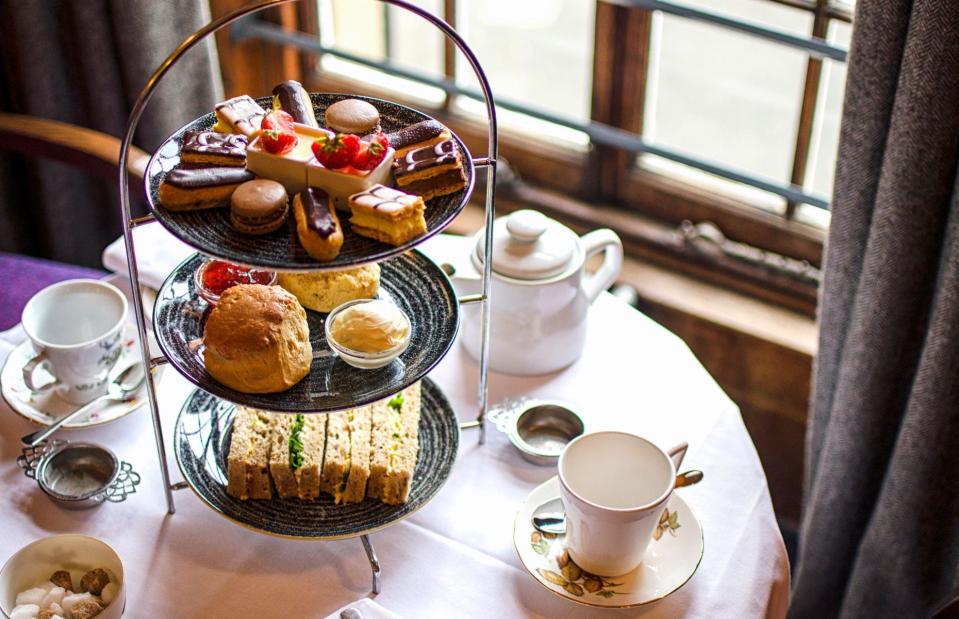
Lee Walker/Shutterstock
The ritual of afternoon tea was pioneered in Britain by Anna Russell, the seventh Duchess of Bedford, during the 1840s. As much about the social occasion as it is the food, afternoon tea traditionally features finger sandwiches, bitesize savoury snacks, scones and mini desserts arranged on a tiered stand, accompanied by seemingly bottomless pots of steaming tea that are passed around the table. One of the best places to experience this unique tradition in all its glory is at Bettys in Harrogate, North Yorkshire, which has been presenting its signature afternoon tea since 1919.
Captain your own canal boat
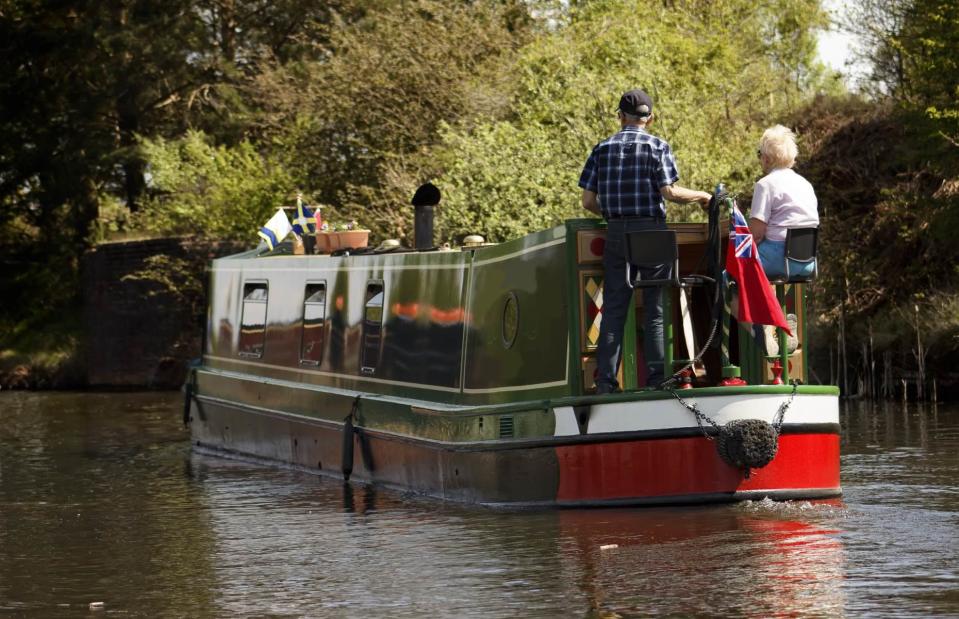
Sigitas Duoblis/Shutterstock
Britain’s canals are often credited with a significant role in the Industrial Revolution, a 150-year period of huge transformation and economic advancement that aided the growth of cities like Manchester, Liverpool and Leeds. These days there are even more boats on the waterways than there were then, with some 2,000 miles (3,200km) of navigable canals across England, Scotland and Wales. If you fancy slowing down and hiring your very own narrowboat to discover Great Britain, companies like Black Prince Holidays specialise in canal breaks that include full training before you go, so you don’t need any prior experience.
Go to the rugby at Principality Stadium

Paolo Bona
Cardiff’s Principality Stadium – previously the Millennium Stadium – is the home of the Welsh national rugby team and the third-largest stadium in the Six Nations championship. Rugby is a big deal in Wales and a big part of national pride – international rugby weekends are deemed unmissable experiences. Even if sport isn’t your thing, it’s worth getting a ticket for a Six Nations match here if you can (playing annually around February and March). It’s the chance to observe a slice of Welsh culture at close quarters.
See the Changing of the Guard
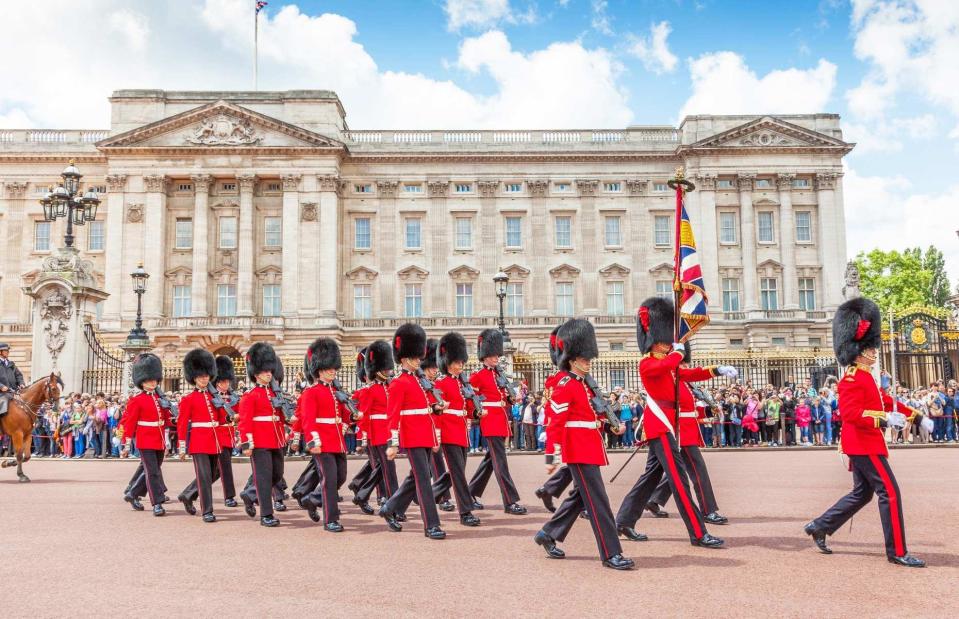
David Steele/Shutterstock
The Changing of the Guard, or Guard Mounting, is basically an elaborate handover of work shifts. It’s when the King’s Guard stationed at Buckingham Palace and St James’s Palace is replaced by a new team of soldiers, who march from Wellington Barracks to swap with the old guard. Dressed in scarlet tunics and tall black bearskin hats, the soldiers perform this formal ceremony every Monday, Wednesday, Friday and Sunday from 10.45am for about 45 minutes, and you can observe the spectacle for free. It is British pomp and circumstance at its finest.
Sleep in the great outdoors

Rawpixel.com/Shutterstock
Great Britain has more than 7,000 designated campsites dotted across its isles, making camping an accessible and popular pastime. If you want to experience what real camping is like, you’ll need to journey north. While wild camping is outlawed in England and Wales, it remains legal (but subject to guidance) in Scotland, meaning you can sleep under the stars in remote areas and forgo your creature comforts. Wherever you decide to pitch your tent, always abide by the principles of ‘leave no trace’ and be a responsible, respectful – and therefore, happy – camper.
Enjoy Shakespeare at the Bard's birthplace
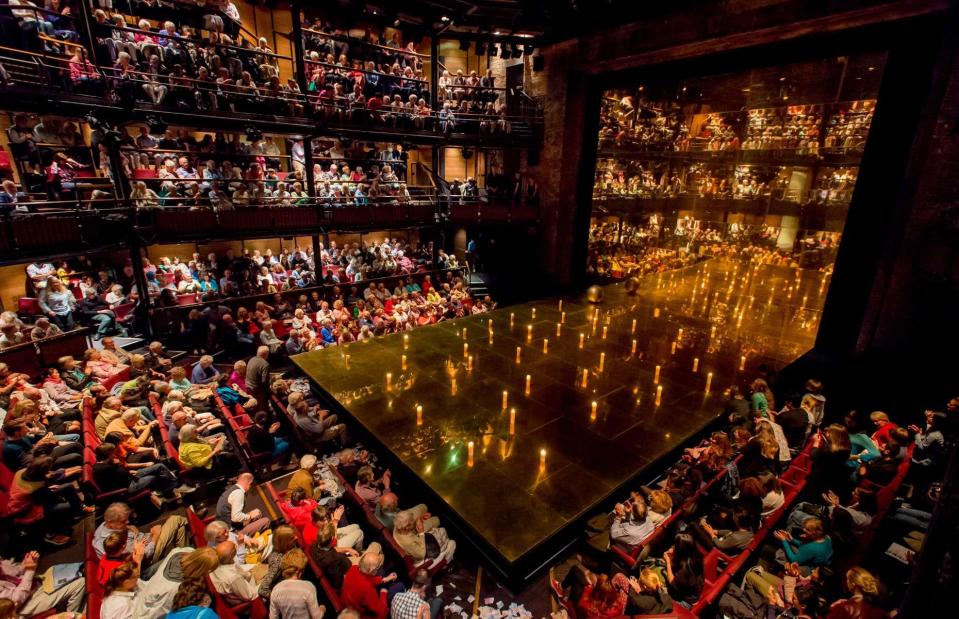
David Tett/RSC
The medieval market town of Stratford-upon-Avon in Warwickshire is where William Shakespeare was born and died, and there's no more poignant place in the world to see his plays on stage. The Royal Shakespeare Company (RSC) was established here in 1961 and has been performing works by the Bard and his contemporaries ever since. Today, the RSC's riverside home comprises three venues: the Royal Shakespeare Theatre (pictured), the Swan Theatre and the Other Place, as well as a rooftop restaurant and souvenir shop for visitors to enjoy.
Now read on for the underrated UK towns and cities you need to visit

